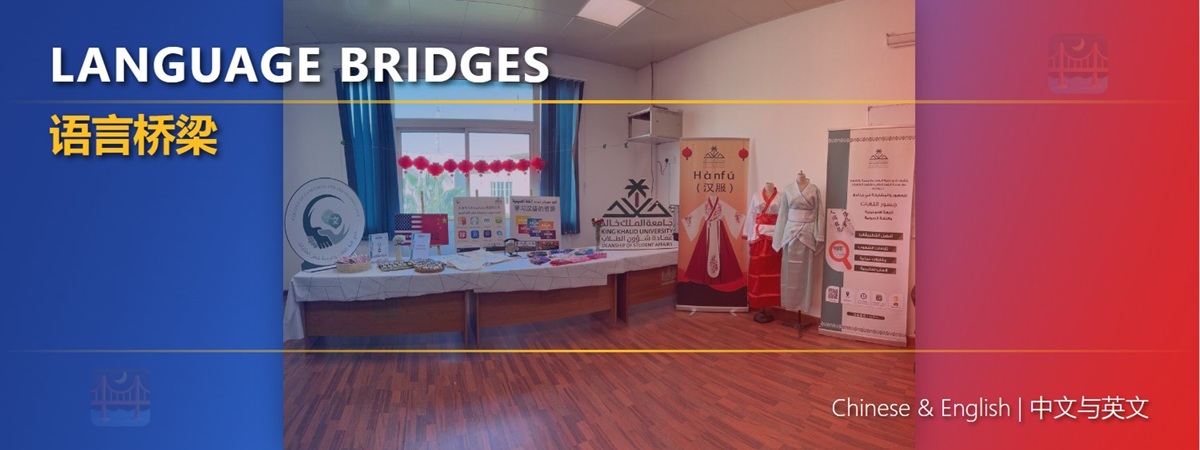
Bloom’s Taxonomy: A Powerful and Practical Tool for Effective Teaching
On Monday, March 13, 2017, esteemed educator Dr. Sheila Simpkins took center stage at a seminar organized by the Language Research Centre, held at the Al Samer Campus. The focal point of her illuminating presentation, titled "Bloom's Taxonomy: An Effective Tool for Language Teaching," was the updated version of Bloom's Taxonomy and its significant role in modern pedagogy.
Dr. Simpkins underscored the necessity of applying Bloom's Taxonomy strategically in both pedagogy and lesson design. According to her, student-centered, specific, and measurable learning objectives are key to successful teaching and learning. She emphasized that the judicious use of process verbs can provide tangible and concrete objectives, thereby enhancing the learning experience.
The presentation also offered an interactive platform for attendees to discuss potential strategies to integrate Bloom's Taxonomy into teaching practices and lesson planning.
Addressing critical issues in contemporary education, Dr. Simpkins spotlighted excessive teacher talk time (TTT) as a marker of a teacher-centric classroom, which inadvertently relegates learners to a more passive role. Advocating for a shift towards learner-centered teaching, she emphasized the necessity of active student involvement in the learning process.
Dr. Simpkins concluded her talk by stating that the correct implementation of Bloom's Taxonomy contributes to more effective lessons, fosters critical thinking, and actively engages students in the learning process, thus aiding in the retention of information.
It is noteworthy that faculty members from the Gregor campus were able to participate in this enlightening seminar through video conferencing, broadening its impact.
Overall, Dr. Simpkins' presentation was instrumental in fostering awareness about the efficacy of lesson planning among faculty members and highlighted the importance of integrating established educational frameworks, such as Bloom's Taxonomy, into language teaching practices.






